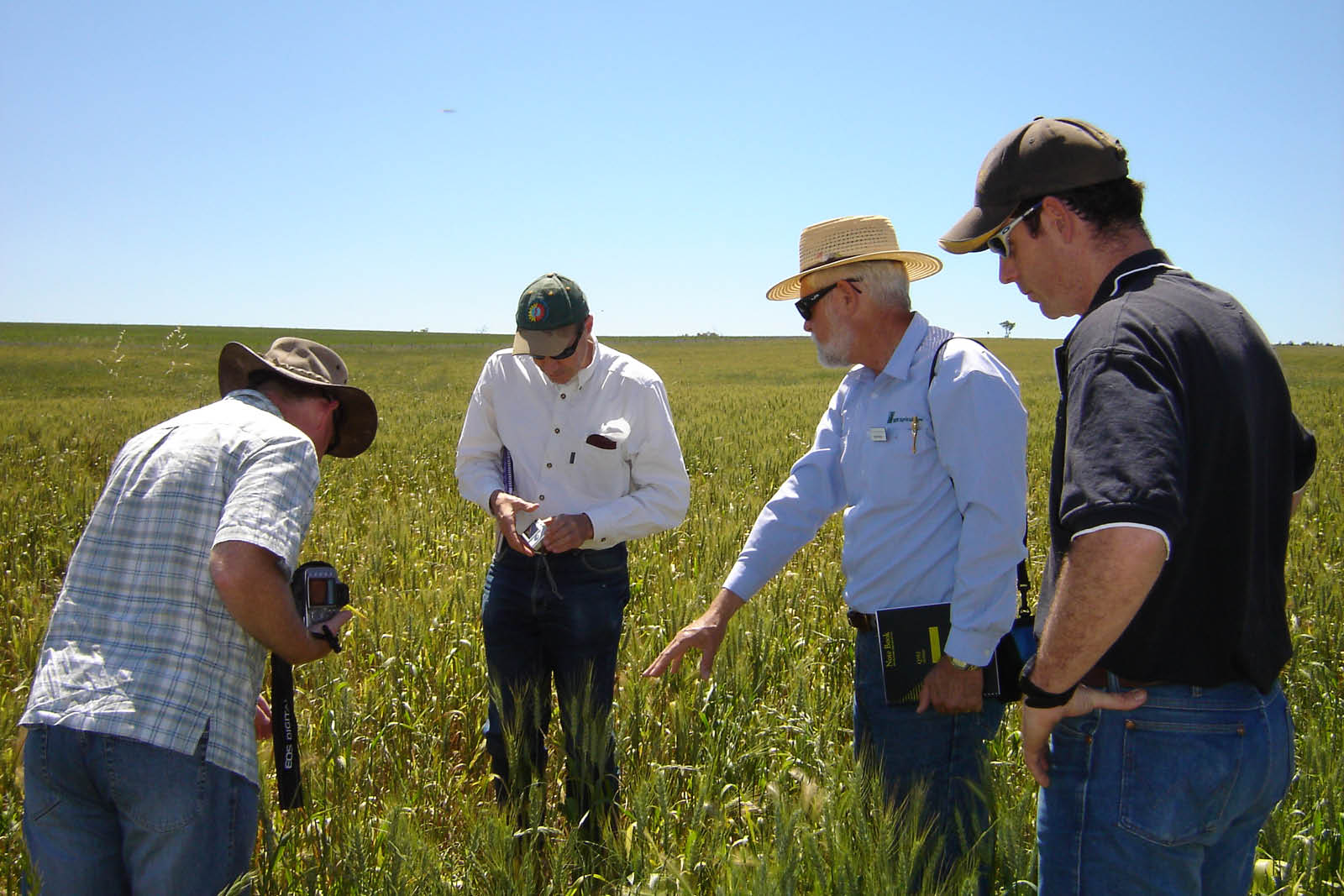
By Jeff Russell, WA Grains Biosecurity Officer
Field days, trial inspections, and crop tours provide growers, agricultural professionals, and extension workers with the opportunity to learn about new farming techniques, seed varieties, and the latest farming technologies.
However, these events also pose potential biosecurity risks due to the movement of people, machinery, vehicles, and other materials. Human-assisted movement is the primary way that pests and disease are spread.
In preparation for field day events over the coming months, it is important to consider biosecurity risks that could devastate Australia’s $31.1 billion grains industry.
Key biosecurity risks for field days include the introduction of unwanted pests or diseases, visitors taking a pest or disease back to their property and spreading pests or diseases throughout a district or even further.
Visitors, growers, and event organisers all have a duty of care to reduce biosecurity risks and safeguard Australia’s agriculture and food production sectors. By adopting simple biosecurity practices, everyone can play their part in significantly reducing agricultural risks.
Simple biosecurity practices include incorporating foot baths at site entry and exit points, keeping a register of all attendees, and making sure vehicles, equipment and machinery moving on- and off-farm are clean.
For example, when machinery is moved for demonstration purposes, it is crucial to perform thorough clean-down procedures before moving between sites. This includes cleaning wheels, tyres, front grills, and floor mats where seed, plant material and soil can collect. Having a dustpan and brush to clean the inside of the cabin, wheel arches, and general exterior is also useful and can form part of a vehicle biosecurity kit for on-the-go hygiene.
Any movement of equipment through green crops also poses a threat as it can facilitate the spread of diseases like rust, along with other fungal diseases, bacteria and soil pathogens. A simple wash down with water, or non-hazardous disinfectant, can effectively limit the spread of pests and diseases.
Attendees, especially those from interstate and overseas, should ensure their clothing and footwear are clean, as fungal spores can survive on these materials for many days.
Adopting a ‘come clean, go clean’ philosophy for the movement of machinery, products, livestock, and people is a powerful strategy to protect agricultural businesses.
To further reduce biosecurity risks during field events, consider the following measures:
A comprehensive fact sheet on field day biosecurity is available on the Grains Farm Biosecurity website. Visit the Grains Farm Biosecurity website for more practical resources that include fact sheets, videos, how to guides, online training and strategies to assist in the management of grains farm biosecurity risks.
The Grains Farm Biosecurity Program is an initiative to improve the management of, and preparedness for, biosecurity risks in the grains industry at the farm and industry levels.
Launched in 2007, the program is managed by Plant Health Australia and funded by growers through Grain Producers Australia together with the New South Wales, Queensland, South Australian, Victorian and Western Australian governments.
Vehicle biosecurity kit
It is recommended that vehicles carry a biosecurity kit that includes: